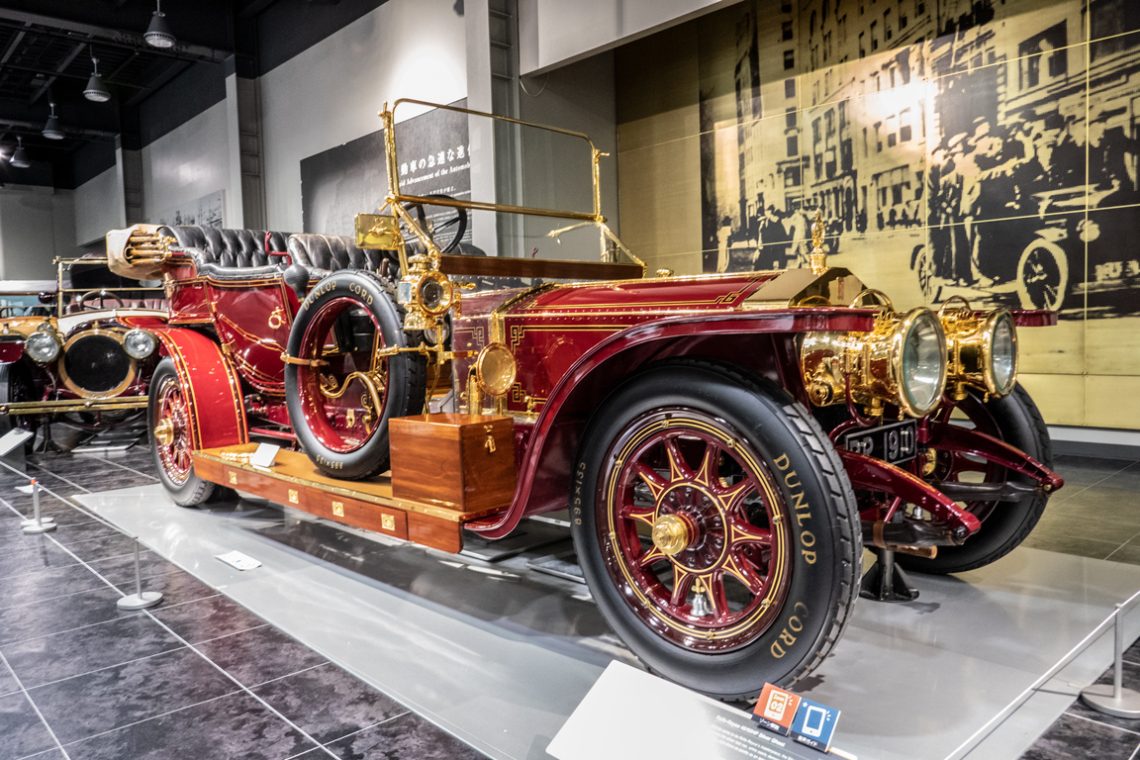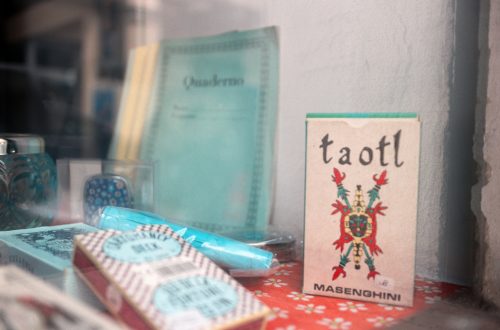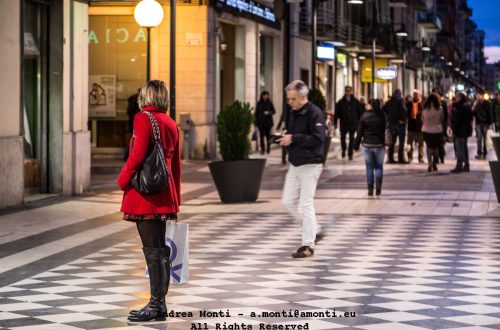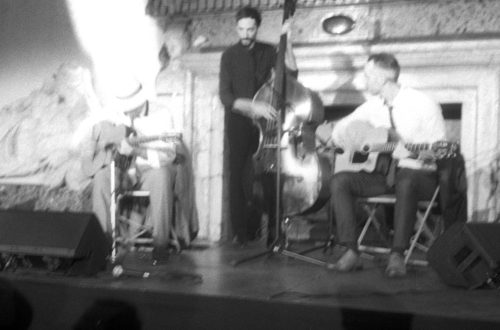
Old Rolls, Immortal Style
When I stepped into the Toyota Museum in Nagoya I wasn’t there to chase a vintage V12 roar – I was after a photograph that could make the steel of those hatchbacks sing. I set the camera, took a breath, and aimed at the gleaming 2000‑series Corolla perched beneath that cathedral‑like skylight. The result is a picture that feels like a high‑octane sprint through a showroom, but let’s not pretend it’s flawless; let’s break it down the way a proper car reviewer would.
I leaned on the classic rule of thirds, positioning the car’s bonnet in the upper‑left third while the trailing rear‑wheel sits just inside the lower‑right. The museum’s glass roof creates a natural leading line that draws the eye straight to the car’s badge – a subtle nod to the way a good spoiler guides airflow. I also used a slight low‑angle, giving the machine a posture that says “I own the road” without resorting to the cheap trick of a fisheye distortion. The negative space above the roof is intentionally airy; it stops the shot feeling cramped, which can happen when you’re surrounded by a forest of metal.
Exposure – the engine revs
The skylight pours in a harsh, midday sun that loves to turn chrome into a blinding whitewash. I set ISO 200, aperture f/5.6 and a shutter speed of 1/250 s, a combination that leaves the highlights intact while keeping the shadows deep enough to retain texture in the painted panels. The dynamic range is respectable – you can still see the grain of the floor tiles under the car, and the badge glints without blowing out. If I’d pushed the exposure a tick lower I’d have lost that almost‑metallic sheen that makes the Corolla look like it’s been polished with a fresh coat of optimism.
Focus and depth of field – the drivetrain
I locked focus on the centre of the badge, the most recognisable feature of any Toyota. The depth of field stretches just enough to keep the entire side of the car crisp, but not so far that the background becomes a flat smear. The result is a three‑dimensional feel, as if you could reach out and feel the smooth curve of the fender. The rear wheels are sharp, the tyre tread crisp, which is important when you want to convey the engineering pedigree rather than just a pretty picture.
Colour and white‑balance – the fuel mix
I kept the camera on daylight white‑balance (5600 K) and resisted the temptation to swing it toward a cooler tone. The reds and blues of the museum’s interior pop against the silver‑metallic paint, but they don’t dominate – they act like a proper supporting cast, not the lead vocalist. The result is a colour palette that feels natural yet vibrant, something a car enthusiast can respect without feeling that the image has been “Instagram‑filtered”.
Overall impression – the test‑drive
In the end, this shot is solid as a well‑built chassis. It’s not a super‑car photograph that dazzles with smoke and motion blur, but it’s a disciplined, well‑exposed portrait of a modern classic. The composition respects the subject, the exposure tames a ruthless sun, and the focus hits the sweet spot where detail meets drama. If you’re looking for a picture that tells the story of Toyota’s evolution without resorting to gimmicks, this one ticks the boxes.




